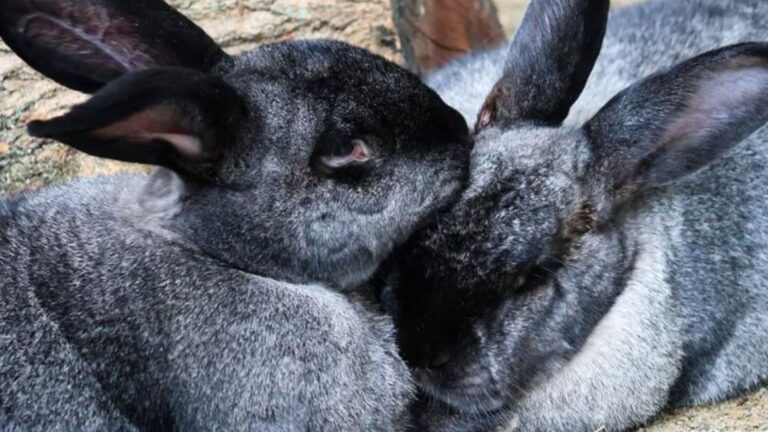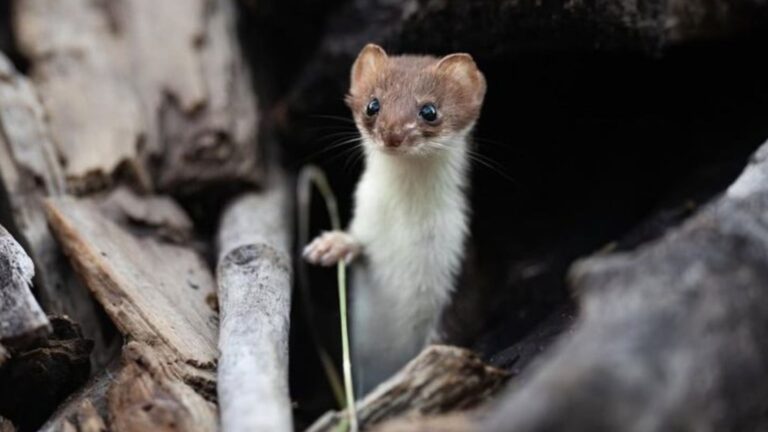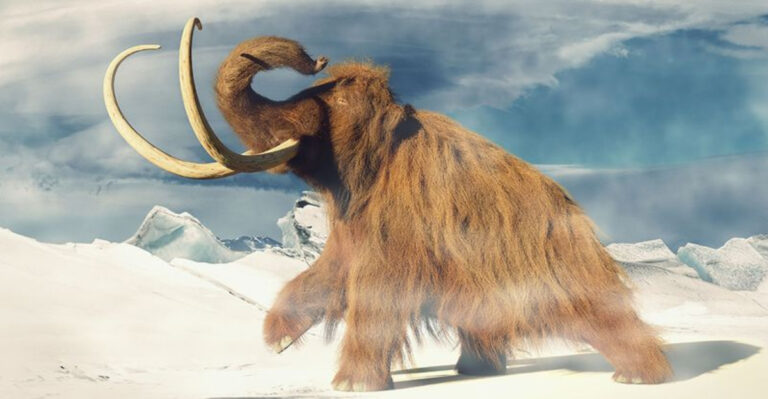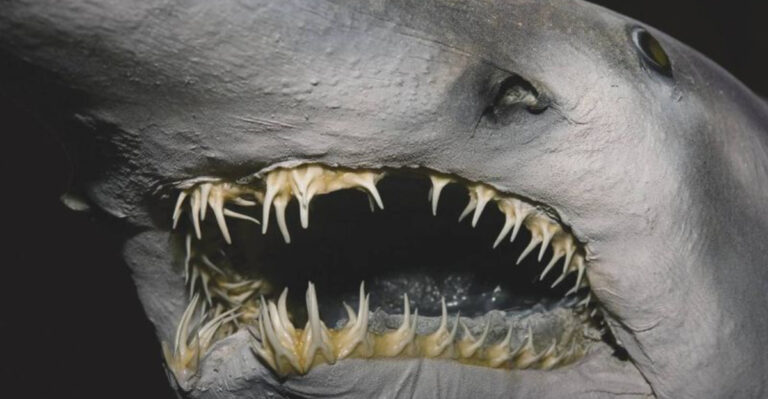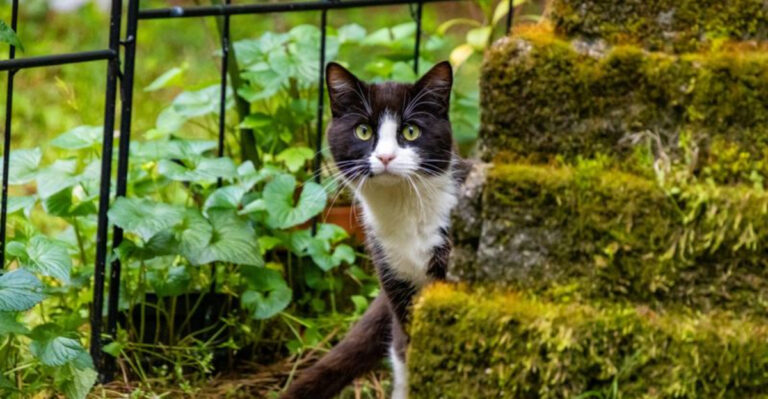14 Hardest-To-Find Wild Animals In North America

North America is home to some of the world’s most mysterious creatures. Hidden in remote forests, mountains, and deserts, these animals have mastered the art of staying hidden from human eyes.
Whether due to their dwindling numbers, secretive habits, or remote habitats, spotting these elusive creatures often becomes a once-in-a-lifetime experience for even the most dedicated wildlife enthusiasts.
1. Wolverine
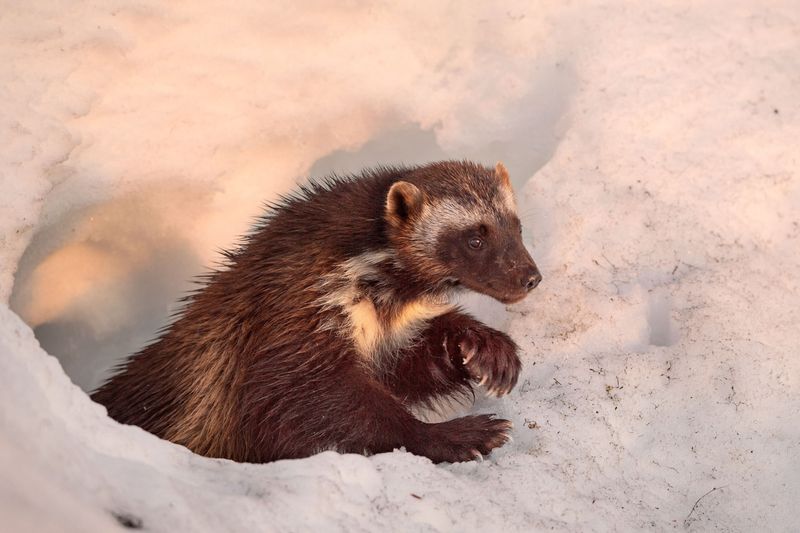
Nicknamed the ‘mountain devil,’ wolverines roam vast territories in the northern wilderness. These muscular members of the weasel family might look like small bears but possess legendary strength and ferocity.
With fewer than 300 estimated in the contiguous United States, spotting one requires extreme patience and luck. Their preference for remote, high-elevation habitats makes them ghost-like figures in North American wildlife.
2. Florida Panther
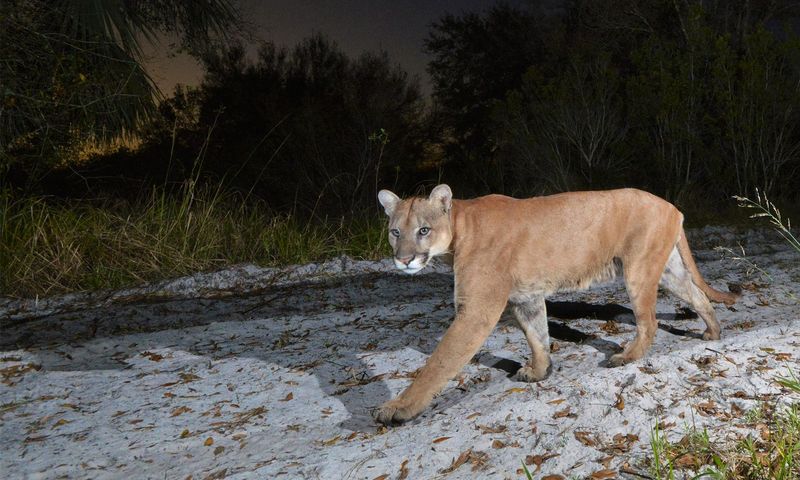
Florida’s state animal teeters on extinction with fewer than 200 individuals remaining in the wild. These tawny cats slink through dense swamps and forests, primarily in southwest Florida’s remaining undeveloped areas.
Extremely territorial and solitary by nature, they require vast ranges to survive. Most Floridians live their entire lives never glimpsing these magnificent felines despite sharing the same state, making them living shadows in the Sunshine State.
3. Sierra Nevada Red Fox

Among North America’s rarest mammals, this fox variant clings to existence in California’s highest mountains. Scientists believed them extinct until trail cameras captured images in 2010, shocking wildlife experts.
Their striking rusty-red fur provides perfect camouflage against forest floors. With possibly fewer than 50 individuals remaining, even researchers dedicated to studying them rarely observe these foxes in person, relying instead on genetic samples and remote cameras.
4. Canada Lynx

Masters of winter hunting, lynx possess enormous snowshoe-like paws that allow silent movement across deep snow. Their primary prey, snowshoe hares, dictate where these medium-sized cats live.
Preferring dense boreal forests across Canada and small portions of northern states, lynx avoid human contact with remarkable skill. Their tufted ears and intense yellow eyes might be watching you from the shadows, yet you’d never know they were there.
5. Jaguarundi

Often mistaken for oversized weasels rather than wild cats, jaguarundis lurk in the dense brush of South Texas and occasionally Arizona. Unlike their spotted relatives, these sleek felines wear solid coats in reddish-brown or slate-gray.
Active during daylight hours when most cats sleep, they still manage to remain virtually invisible. Their secretive nature and dwindling habitat have made confirmed sightings so rare that many wildlife professionals working in their range have never seen one.
6. Pacific Fisher
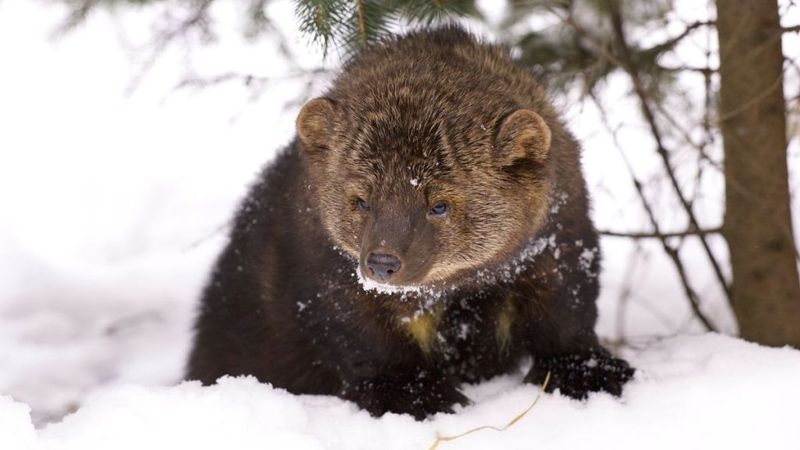
Resembling elongated wolverines, these forest-dwelling mammals belong to the weasel family but specialize in hunting porcupines – a meal few predators dare approach. Their agility allows them to race headfirst down tree trunks.
Once widespread across old-growth forests of the Pacific Northwest, fishers now occupy just fragments of their historic range. Intensely shy and primarily nocturnal, they vanish into the forest canopy at the slightest disturbance, making sightings incredibly rare even for seasoned woodsmen.
7. American Marten
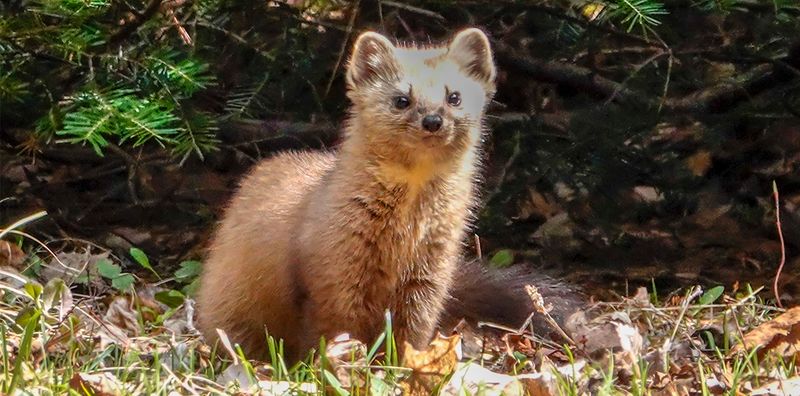
Fox-faced and honey-colored, martens represent one of the forest’s most elusive predators. These tree-dwelling members of the weasel family race through conifer branches with squirrel-like agility, rarely descending to the ground.
Found across northern forests and high mountain ranges, they avoid areas disturbed by humans. Their secretive lifestyle and preference for remote wilderness makes them phantom-like creatures. Even in areas where they maintain healthy populations, actually seeing one remains a wildlife watcher’s holy grail.
8. Island Fox
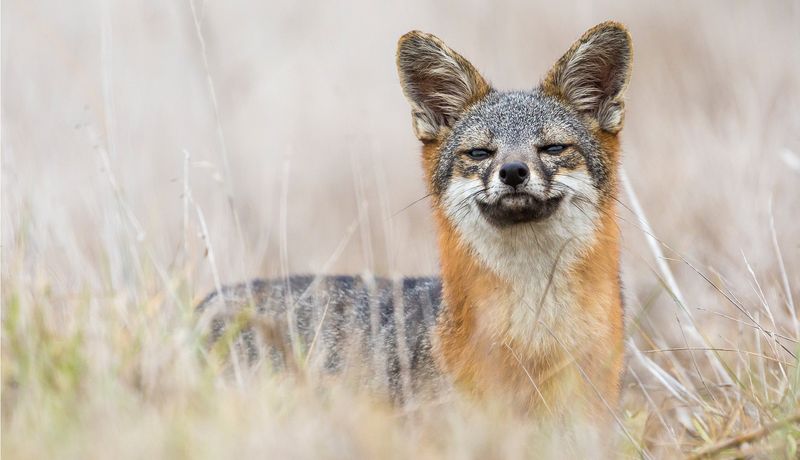
House cat-sized foxes inhabit six Channel Islands off California’s coast, evolving in isolation for thousands of years. Each island hosts its own distinct subspecies, making them a fascinating example of rapid evolution.
Despite their limited range, these diminutive foxes prove remarkably difficult to spot. Their small size allows them to disappear into low vegetation instantly. Though their populations have recovered from near-extinction, their remote island homes ensure most wildlife enthusiasts never encounter them.
9. Swift Fox

Barely larger than house cats, swift foxes race across the shortgrass prairies of the Great Plains at speeds belying their tiny frames. Once common throughout the central plains, these miniature foxes disappeared from much of their range.
Primarily nocturnal, they spend daylight hours hidden in underground dens. Their small stature and sandy coloration blend perfectly with prairie grasses. Even dedicated wildlife photographers may spend weeks in prime swift fox territory without capturing a single image of these prairie ghosts.
10. Glacier Bear
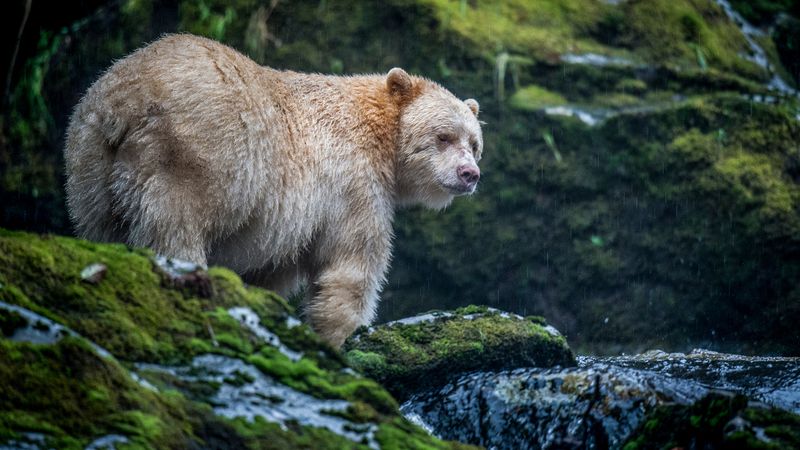
Not a separate species but a rare color phase of black bears found almost exclusively in Southeast Alaska’s glacier-carved landscapes. Their unique blue-gray fur, sometimes called ‘glacier blue,’ creates perfect camouflage against misty mountains and ice fields.
Scientists remain puzzled by the genetic factors creating this unusual coloration. Even locals who’ve spent lifetimes in Alaska’s wilderness consider themselves fortunate to glimpse one. Their remote habitat and naturally secretive nature make them living legends among wildlife enthusiasts.
11. Spotted Skunk
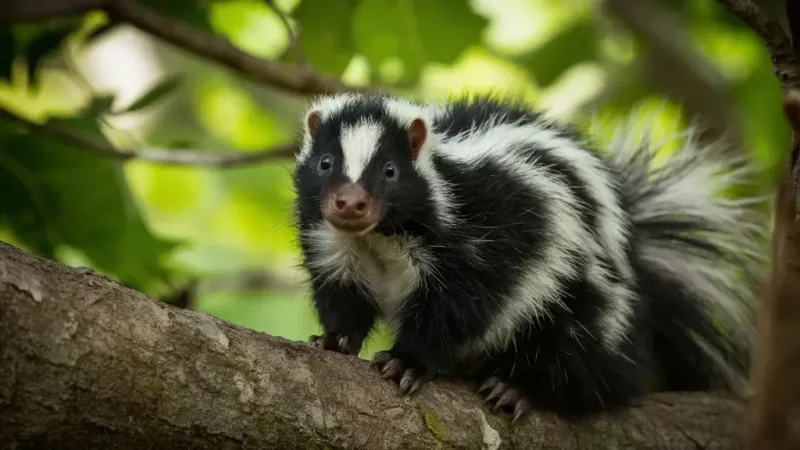
Unlike their striped cousins, spotted skunks perform handstands before spraying, creating one of nature’s most unusual warning displays. Roughly half the size of common skunks, these diminutive creatures wear intricate patterns of black and white spots.
Primarily nocturnal and incredibly secretive, they avoid open areas and human activity. Their declining populations across North America have scientists concerned. Despite living near human settlements, they remain virtually unseen, with most people unaware these acrobatic little skunks exist in their neighborhoods.
12. Ocelot
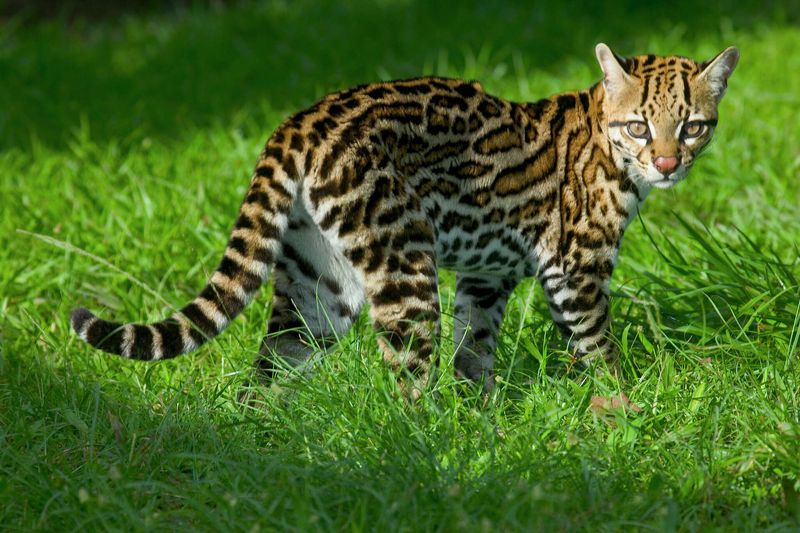
With fewer than 50 remaining in the United States, these exquisitely patterned wild cats survive only in isolated patches of thornscrub habitat in South Texas. Their gorgeous spotted coats provide perfect camouflage in dappled forest light.
Strictly nocturnal and incredibly wary of humans, ocelots move like liquid shadows through dense brush. Conservation efforts focus on protecting remaining habitat corridors. Even researchers studying them for years may never see one without the aid of tracking collars and camera traps.
13. Ringtail

Often called ‘miner’s cats’ because gold rush prospectors kept them as mousers, these raccoon relatives possess extraordinary climbing abilities. Their enormous eyes and cat-like faces belie their true taxonomy.
Their long, striped tails provide perfect balance for navigating narrow cliff ledges and tree branches. Found across the American Southwest, they remain almost entirely nocturnal. Despite sometimes living near human structures, their secretive habits and incredible agility make them phantom-like creatures few people ever encounter.
14. Black-Footed Ferret
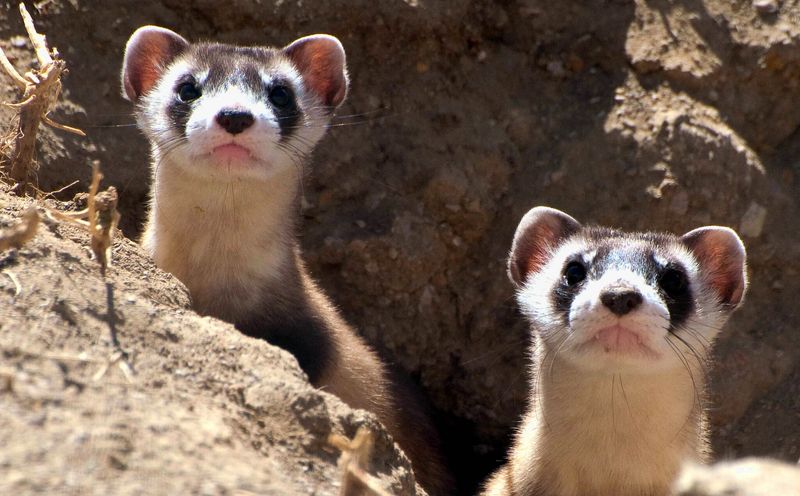
Once declared extinct, these masked prairie hunters represent one of North America’s greatest conservation success stories. Their survival depends entirely on prairie dog colonies, where they hunt underground in complete darkness.
Reintroduction efforts continue across the Great Plains, yet seeing one remains nearly impossible. Almost entirely nocturnal, they spend daylight hours in underground burrows. Their pale fur blends perfectly with moonlit grasslands during their nighttime hunts, making them North America’s most elusive endangered species.

